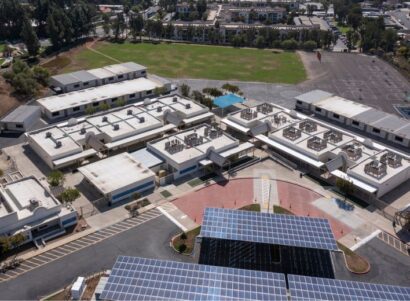Background
Integrated resource planning (IRP) is required by many states to ensure that utilities are adequately prepared for future electricity needs. In order to align electricity supply with long-term trends in demand, IRPs take into account consumer behavior and determine what resources are required to meet projected electricity demand and other system goals, such as climate, renewable energy, and reliability targets.
The outcome of IRPs often guides a utility’s infrastructure investments, which have important implications for public health, affordability, and equity. About 60 percent of power generation in the United States relies on the combustion of fossil fuels (e.g., coal, natural gas), which produces harmful air pollutants in addition to greenhouse gasses. Many power plants are also located in communities with high cumulative environmental health burdens from power generation, industry, traffic, and other air pollution sources.
In many states, IRPs have helped to shift utility investments away from fossil fuels and toward clean energy. However, few states are actively evaluating or addressing the public health and equity impacts of utility infrastructure through the IRP process.
Our Work
PSE Healthy Energy is conducting public health, affordability, and equity analyses of utility IRP proposals across the U.S. Through a series of reports and expert testimony, we are providing IRP stakeholders with the scientific metrics needed to evaluate the broader societal and environmental implications of utility plans. While the specific metrics used may vary based on local priorities, our approach addresses such factors as the demographics of people living in close proximity to power plants; the air quality and public health impacts and environmental hazards of individual power plants; and energy-cost-burden and affordability implications of the resource portfolio, such as low-income energy efficiency targets.












